A glacier is melting in the Italian Alps. It goes without saying that a team of academics is working around the clock to trace down this tragic event. This is a historic event because it revealed something wonderful hidden beneath the ice. Something that has been kept secret for over a century! They unearthed a terrible secret from the First World War when they examined it more attentively… As the threat of global warming intensifies, what new mysteries will we discover in this part of the world? In reaction to this topic, people have exhibited both fear and excitement.
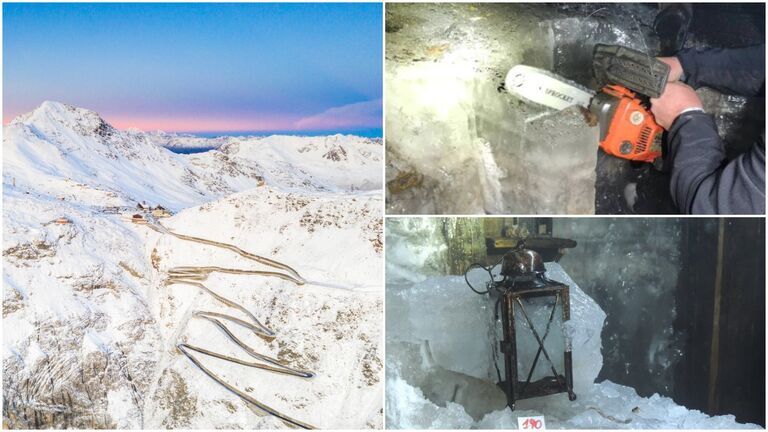
Frozen In The Past The Melting Of This Alpine Glacier Revealed An Old Military Barracks
The Great War Sent Europe Into Disarray
During the conflict that became known as the Great War, Europe was in complete chaos. At the time, this portion of the Italian Alps was one of the most dangerous battlegrounds. The problem is that there are no memorials or museums dedicated to the precise locations of the fights. The only things that could be discovered there were snow and ice. Glaciers dominated the landscape in this portion of the world.
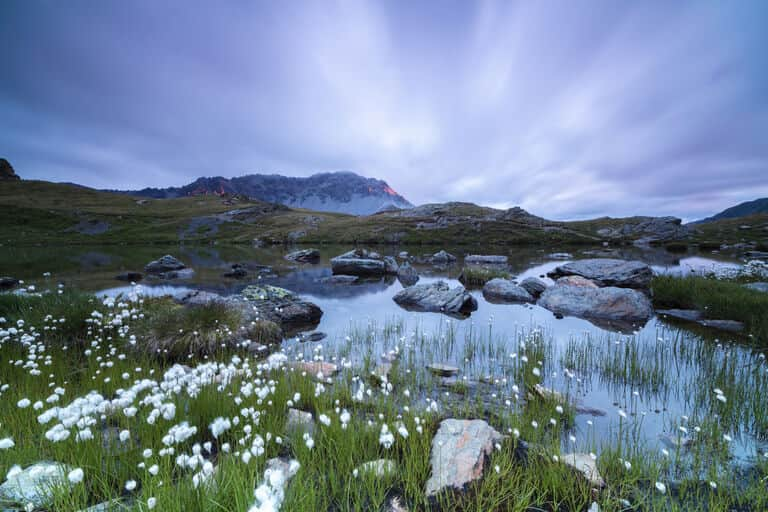
The Great War Sent Europe Into Disarray
There Is An Icy Plateau Above Europe
What happened on the snow-capped plateau that towered over Europe? Nobody expected to come to discover a relic from that terrible time. Climate change has resulted in several changes over time. It includes the remarkable revelations made possible by Mount Scorluzzo’s ice melting.
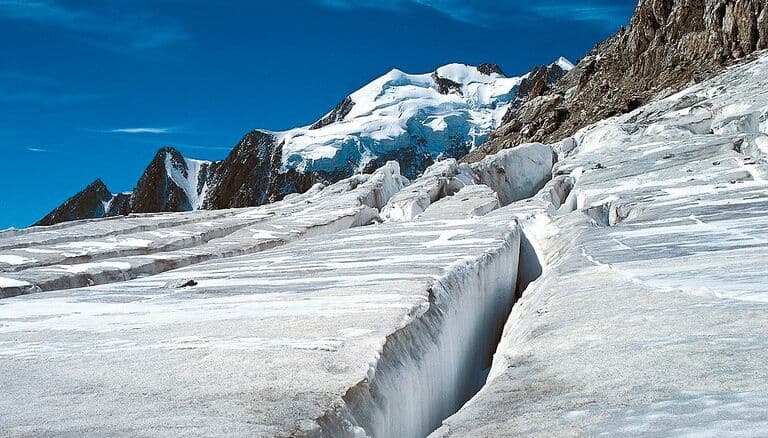
There Is An Icy Plateau Above Europe
For The First Time In A Century
In 2017, a team of researchers explored the cave. For generations, ice and snow had sealed this spot. This is when they discovered something that gave us a unique perspective on the warriors of the White War. Finally, the rest of the world could hear the story of these brave guys.
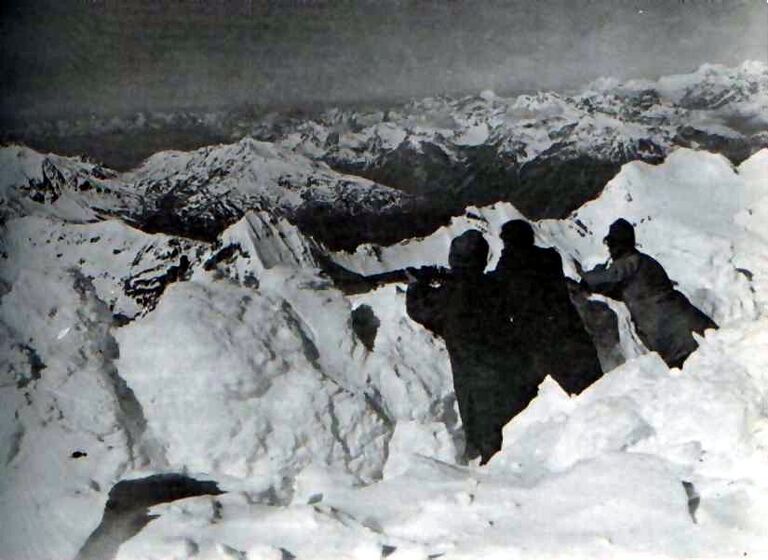
For The First Time In A Century
On The Border Of Two Nations
Mount Scorluzzo is a mountain on the Italian-Swiss border. It is at about 10,000 feet above sea level, overlooking some of the region’s highest paved routes. The ascent to this peak is not as arduous as the others. It has been conquered by mountaineers on multiple occasions.
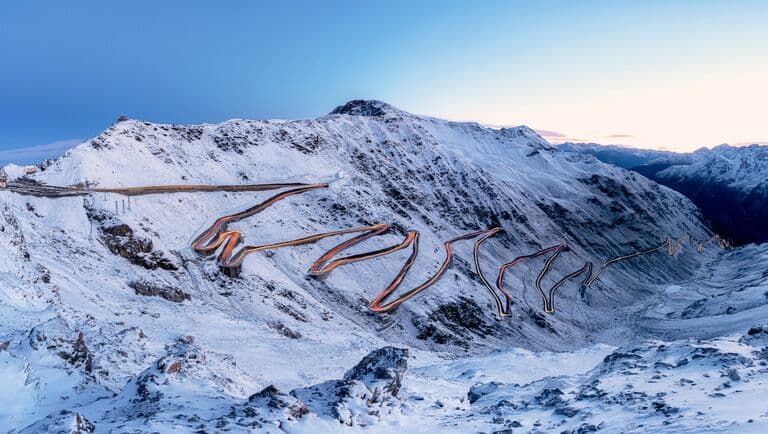
On The Border Of Two Nations
It Is Not Just Climbers Either
Climbers aren’t the only ones who have tried to reach the summit of the snow-capped mountain. The Stelvio Pass functioned as an important barrier prior to World War I. It runs through the Alps about a thousand feet below the summit of Mount Scorluzzo. The Kingdom of Italy was positioned on one side, while the Austro-Hungarian Empire was placed on the other.
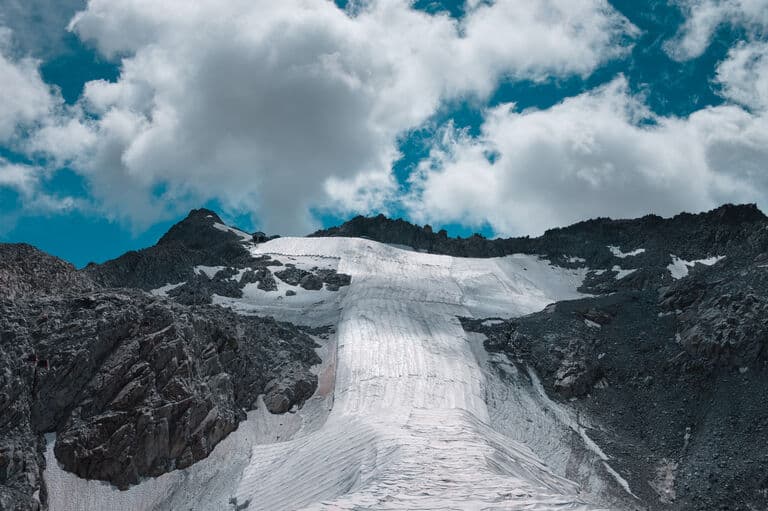
It Is Not Just Climbers Either
Thanks To The Treaty Of Vienna
Both sides signed the Treaty of Vienna in 1866 and enjoyed a lengthy period of relative calm. During the outbreak of hostilities in July 1914, they were even allies. Long-standing hostility between the two began to resurface as the intricate conflict spread over the region.
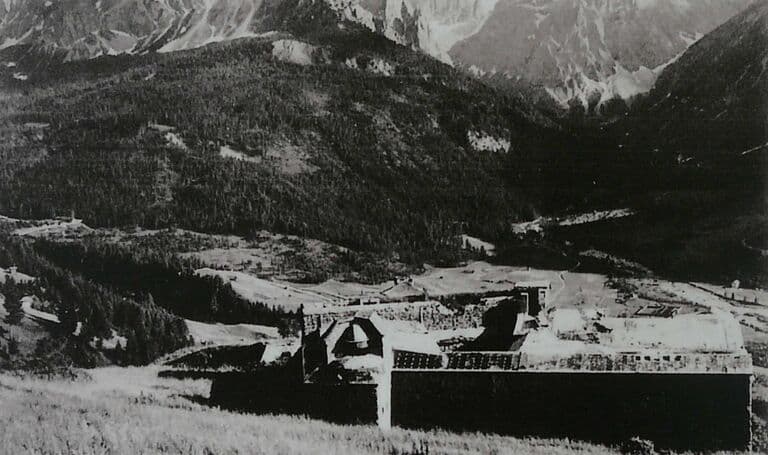
Thanks To The Treaty Of Vienna
After The Treaty Of London
Italy broke free from the Triple Alliance it had formed with Germany and Austro-Hungary by signing the Treaty of London in 1915. The two entities on opposing sides of the Stelvio Pass conflicted as a result. Mount Scorluzzo had numerous benefits in the battle that separated them.
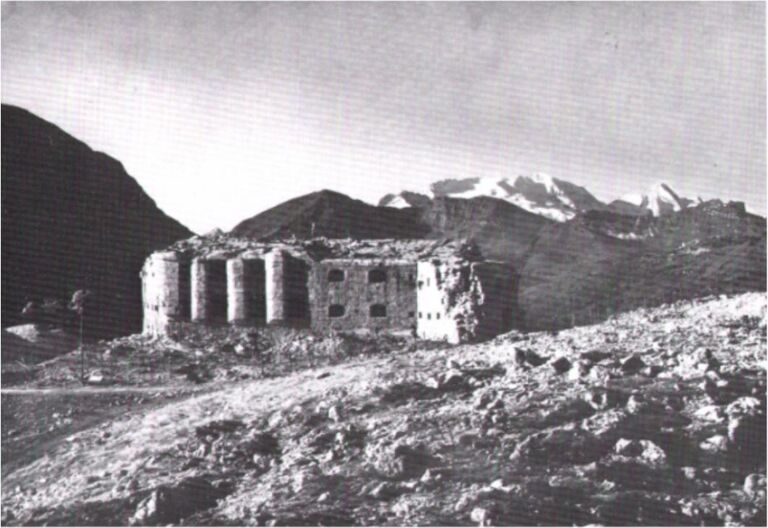
After The Treaty Of London
The Conflict Made Its Way Up There
It came as no surprise when the fighting spread to the Alps. In what became known as the White War, soldiers from both sides fought for more than 400 kilometers over the summits. This carried on for three years. The warriors clashed in one of the world’s most hazardous places.
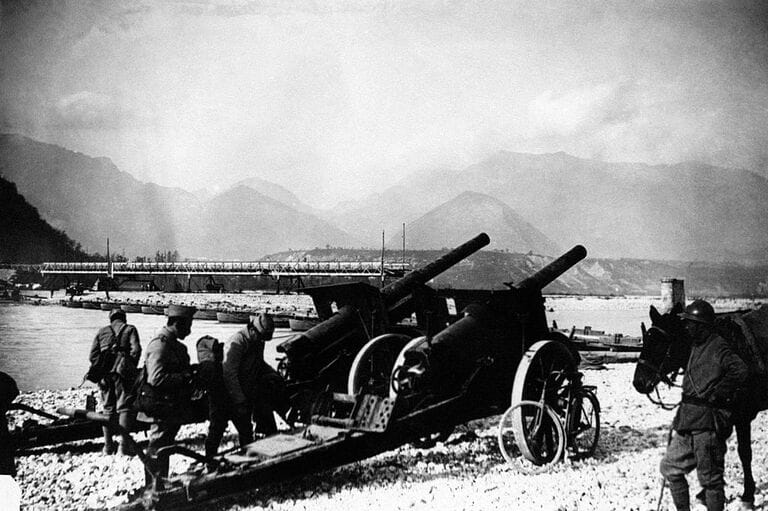
The Conflict Made Its Way Up There
It Used To Be An Alpine Paradise
Mount Scorluzzo was once an Alpine paradise, but it was changed into a bloodbath during the fighting. Inexperienced green soldiers were forced to reach the cold summits while carrying heavy equipment, rather than mountaineers conquering the slopes. This was not an easy task.

It Used To Be An Alpine Paradise
The Environment Was Very Hostile
“Soldiers had to fight against the extreme environment, fight against the snow or the avalanches, but also fight against the enemy,” explained Stefano Morosini when the Stelvio National Park historian talked to CNN. Many times, the temperature dipped below -40° Fahrenheit. Furthermore, when the lads sought to reach the summit, blizzards raged across the countryside.
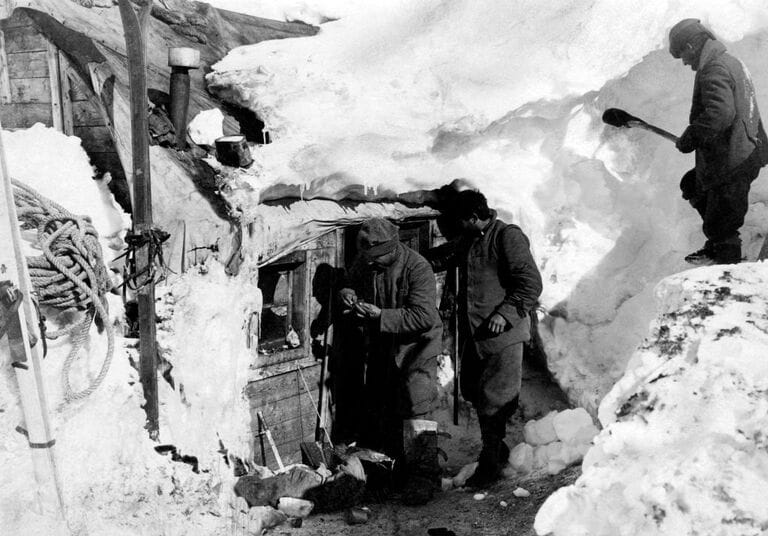
The Environment Was Very Hostile
Not Easy To Send Things Up There
Governments found it impossible to provide food and supplies to all of the soldiers on the front lines. The men were freezing and starving, but they had no alternative but to battle for survival. Analysts also claim that the atmosphere up there killed more troops than in any other battle during the war.
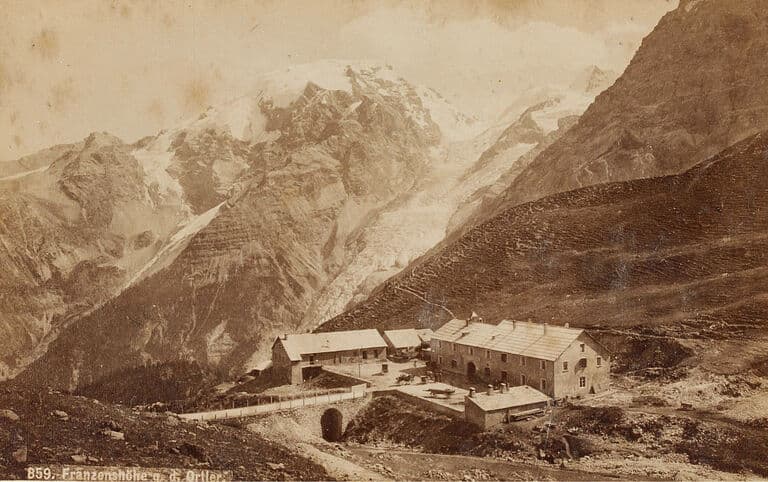
Not Easy To Send Things Up There
Nothing As Arduous As This
In 1917, in the publication of New York World, writer E. The White War was terrible for the soldiers participating, according to Alexander Powell. “On no front, not on the sun-scorched plains of Mesopotamia, nor in the frozen Mazurian marshes, nor in the blood-soaked mud of Flanders, does the fighting man lead so arduous an existence as up here on the roof of the world,” he said.
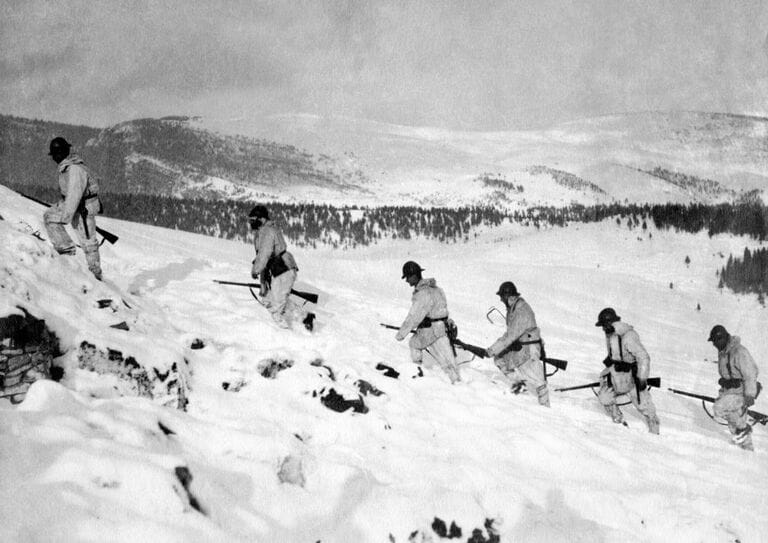
Nothing As Arduous As This
It Was Finally Coming To An End
In November 1918, the Italians tried an offensive on the Tonale Pass, forty kilometers from Mount Scorluzzo. Everything went smoothly. Other Allied nations throughout the world followed suit when the army destroyed Austro-Hungary. In barely two weeks, the First World War came to an end.
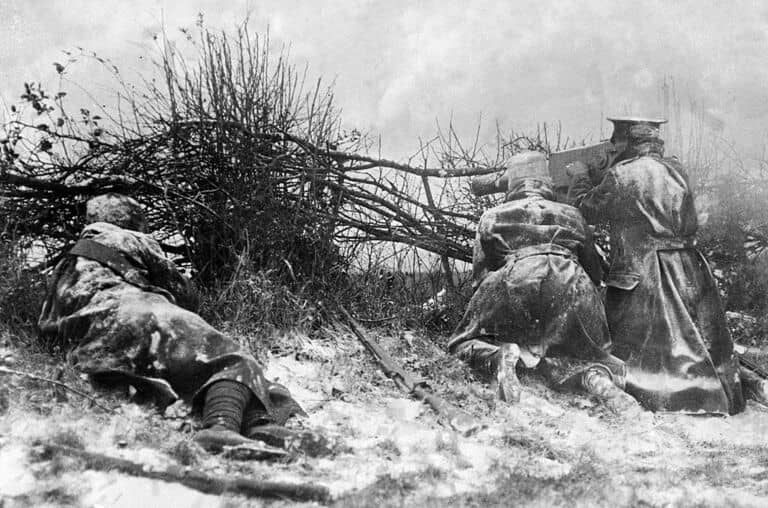
It Was Finally Coming To An End
Time To Descend The Mountain
As a result, the remaining soldiers could finally descend Mount Scorluzzo and leave that dreadful battleground behind. Before this, they hadn’t even cleaned up. Instead, they left a few traces on the Alps’ summits. Many of those items resulted in the deaths of hundreds of people.
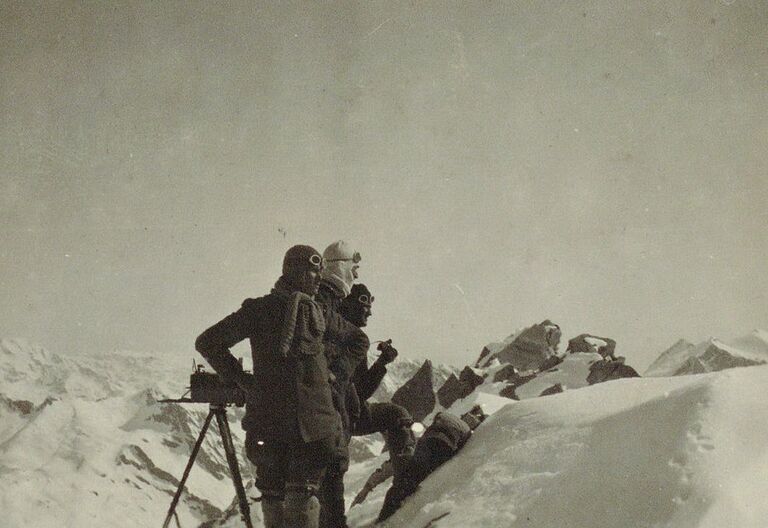
Time To Descend The Mountain
It Has Not Been Turned Into A Monument
In several regions, battlefields have been turned into monuments and even museums. On the other hand, the Italian Alps are a different story. In this area, there are no tourist attractions. The artifacts on Mount Scorluzzo had been in the same place for a long time until lately.
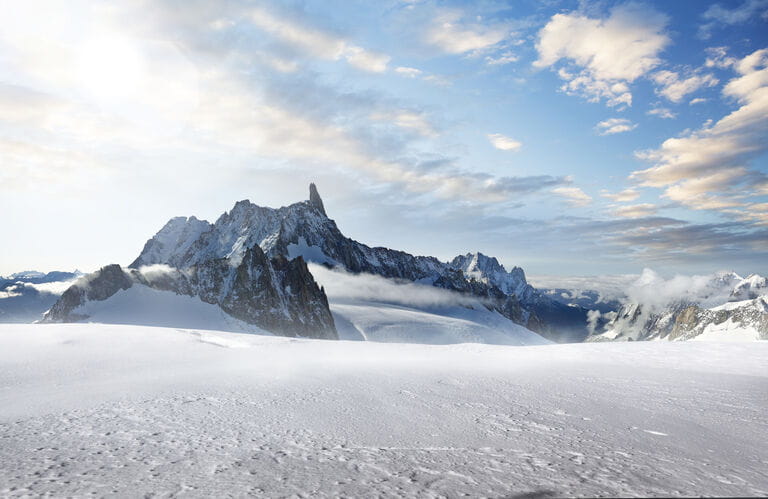
It Has Not Been Turned Into A Monument
Climate Change Has Arrived Here
Things are fast changing as a result of climate change. The glaciers have melted, revealing the truth of the White War a century later. In 2018, they uncovered the remains of a soldier on the Presena glacier near Mount Scorluzzo. They were able to find documents with the remains, which allowed them to hunt down the Italian man’s relatives and properly bury him. After some time, he was given a respectful send-off.
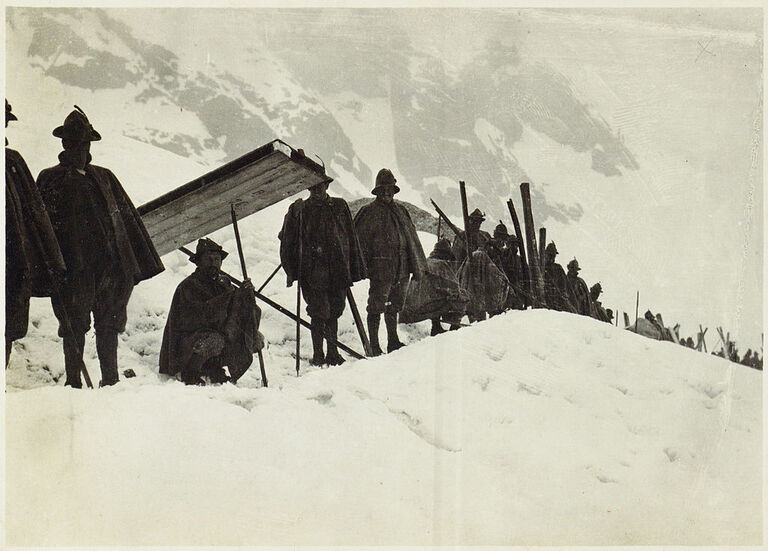
Climate Change Has Arrived Here
What They Found Up There
Was there anything comparable on Mount Scorluzzo’s summit? According to experts, at least one Austro-Hungarian group was stationed there during the White War. Their efforts to unearth the site were futile due to the presence of an ice wall.
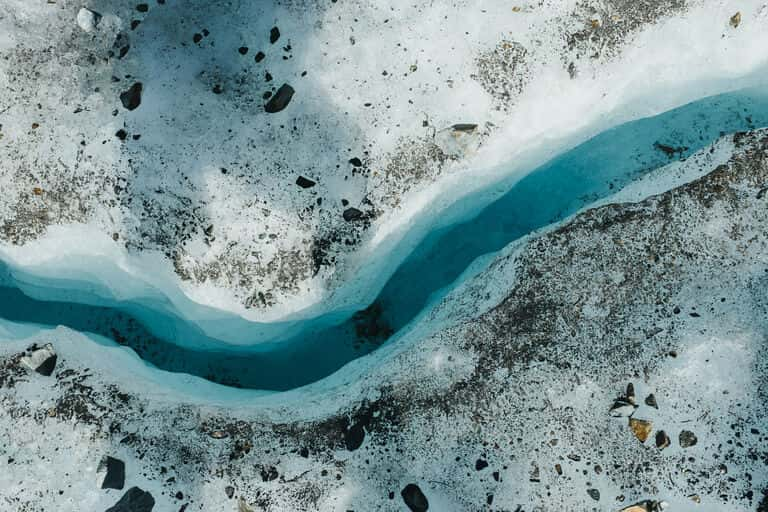
What They Found Up There
The Glacier Has Melted A Lot
Due to global warming, the glacier atop Mount Scorluzzo has melted more than it had previously. The ice receded enough in 2017 to allow access to a cave opening. A team of experts from the White War Museum in Italy was dispatched to discover what was hidden there.

The Glacier Has Melted A Lot
When The Ice Gave Way
The ice had revealed the inconceivable. A military barracks where a number of Austro-Hungarian soldiers had been stationed was uncovered. They appear to have just shut up the structure and fled when the conflict was over. The majority of the products were in fact unharmed. This has given experts a better understanding of living in the highlands during WWI.
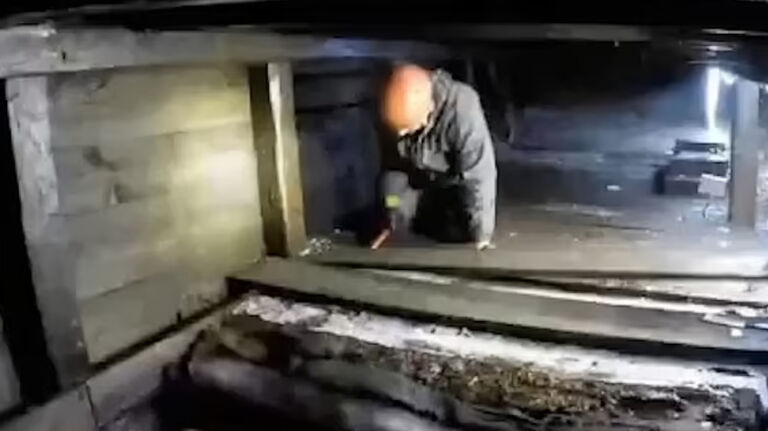
When The Ice Gave Way
It Felt Like A Time Capsule
“The barracks is a time capsule of the White War that helps us to understand the extreme, starving conditions that the soldiers experienced,” In May 2021, Morosini told the Guardian. He added, “The knowledge we’re able to gather today from the relics is a positive consequence of the negative fact of climate change.”

It Felt Like A Time Capsule
They Retrieved A Ton Of Artifacts
The experts have unearthed approximately 300 artifacts from the historic site by April 2021. Soldiers’ postcards, clothes, messages, and other personal items were discovered. There were also coins, newspapers, and lamps inside. The researchers did acknowledge, however, that staying in the barracks during the conflict was challenging.
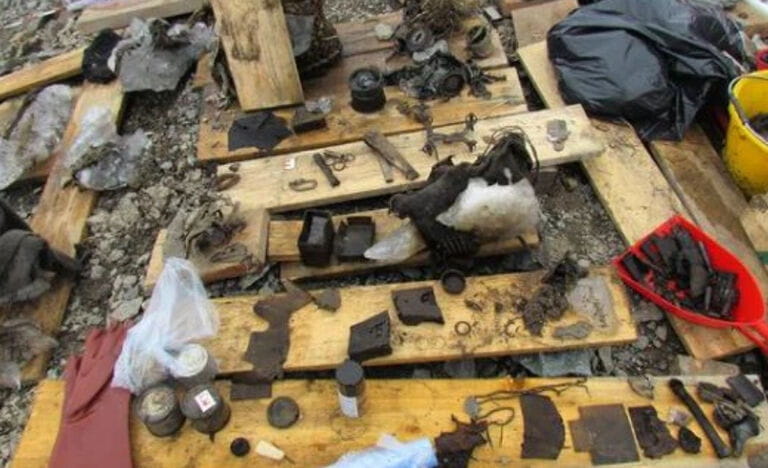
They Retrieved A Ton Of Artifacts
It Was Not A Comfortable Place
The soldiers were forced to sleep on straw beds and eat canned food, according to accounts. It didn’t take long for the supplies to run out. This required them to seek out alternative food sources. That explains the investigators’ discovery of hollow animal bones, hinting that they ate the marrow.
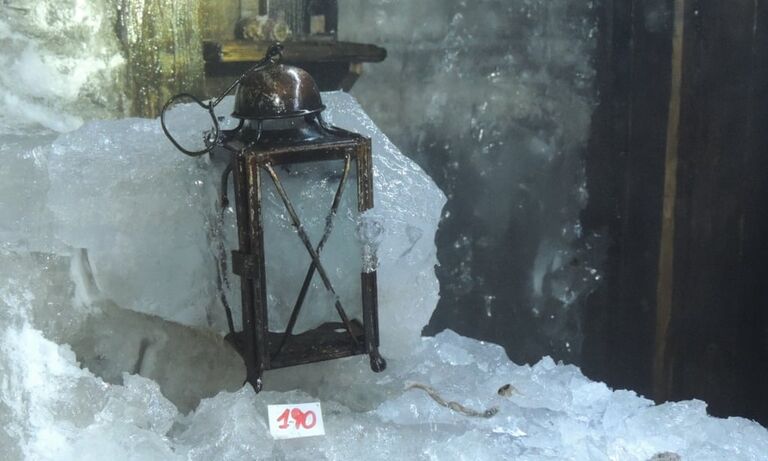
It Was Not A Comfortable Place
Time Stopped In This Cave
The White War Museum echoed Morsini’s sentiments. According to the statement, “The findings in the cave on Mount Scorluzzo give us, after over a hundred years, a slice of life at over 3,000 meters above sea level, where time stopped on November 3, 1918, when the last Austrian soldier closed the door and rushed downhill.”
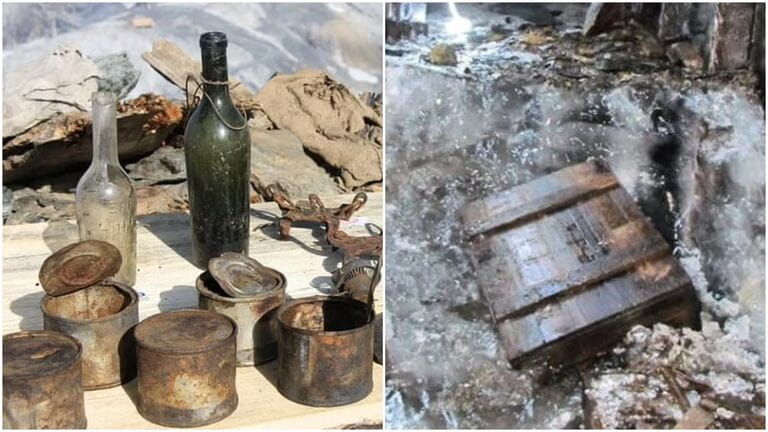
Time Stopped In This Cave
An Open-Air Museum Of Sorts
The barracks now function as a “sort of open-air museum,” according to Morsini, but an impressive collection is already emerging as antiquities are carried down from the Alps for preservation. In 2022, they may be presented at the Bormio First World War Museum.
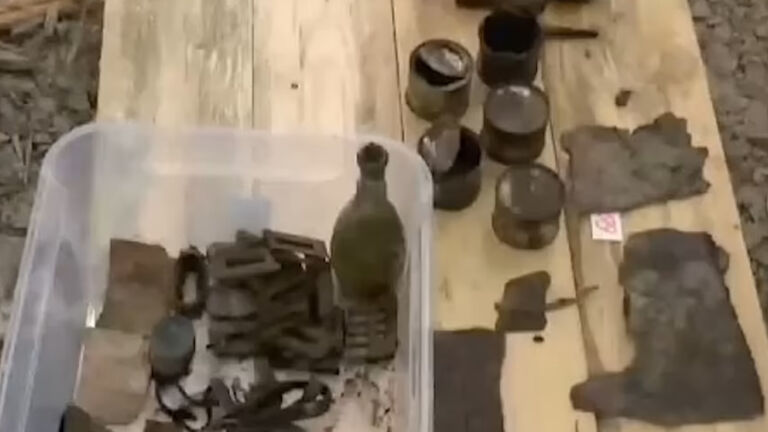
An Open-Air Museum Of Sorts
Not The Only Amazing Find
This is just one of the amazing discoveries they’ve made in the mountains of the area. The Italian Alps have been exposing secrets since the 1990s. From the Dolomites to Lombardy, melting glaciers have been revealing more and more amazing remnants from a long time ago.
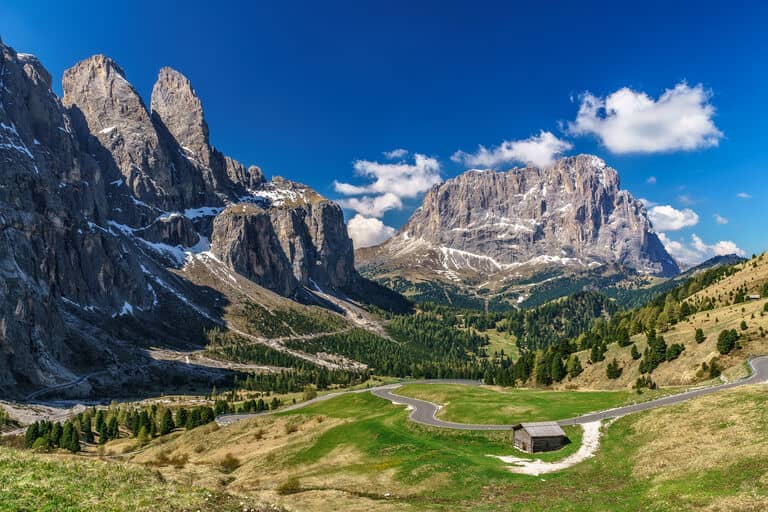
Not The Only Amazing Find
Daily Life In This Part Of The World
A couple of the objects show what life was like in the mountains. Among the loot are weapons, sleds, and notebooks. There were, however, some things in nature that were more terrifying. For example, a hiker in the Adamello region discovered the body of a soldier draped in the Italian flag in the summer of 2020.
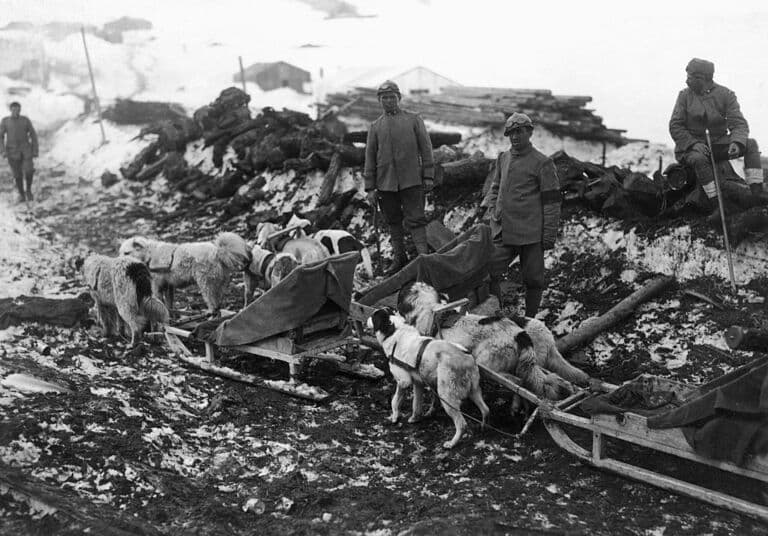
Daily Life In This Part Of The World
It Is Not Rare To Find A Corpse
“A corpse is found every two or three years, usually in places where there was fighting on the glacier,” Marco Ghizzoni of the White War Museum told the Guardian about it. Certain things found in the snow, however, predate the White War. In 1991, two hikers discovered something strange in the Ötztal Alps, which run between Italy and Austria.
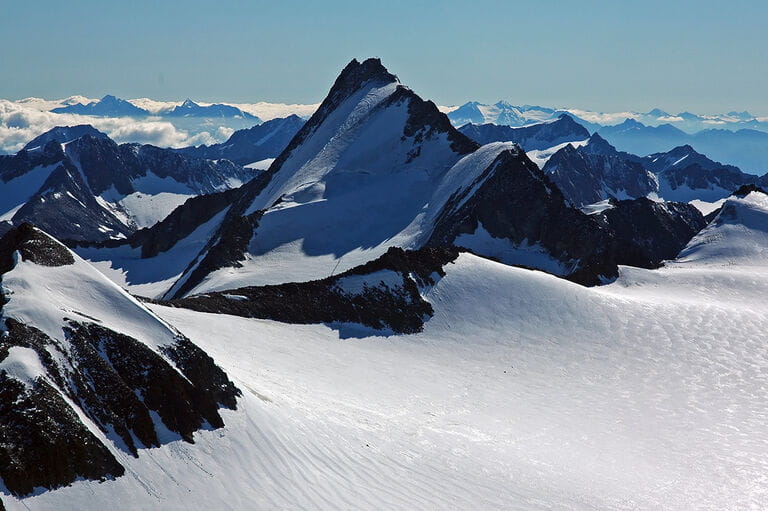
It Is Not Rare To Find A Corpse
More Relics From The Past
More relics from the White War are continuously being discovered by experts. Climate change has hastened the process, but we’d want to talk about an earlier discovery. The hikers were unsuccessful in finding the remains of a World War I warrior. On the other side, this body is 5,300 years old!

More Relics From The Past
From The Copper Age
Scientists were able to learn more about life during the Copper Age thanks to these ancient remains, now known as Özti the Iceman. The find has aroused debate over the markings, possessions, and attire worn by the ancient person. Morisini drew parallels between the amazing discovery and the artifacts discovered on Mount Scorluzzo.

From The Copper Age
It Was An Amazing Discovery
“The Özti discovery was huge,” he informed The Guardian. “Here was a relic of the prehistoric era, and today we are finding relics of the First World War.” There’s also a school of thought that the iceman paved the way for a new kind of archaeology that looks into what the glaciers are losing as a result of climate change.

It Was An Amazing Discovery
An Ancient Rock With Inscriptions
In a distant part of Stelvio National Park, a melting glacier discovered an old literary inscription on a rock. Despite the fact that these changes benefit specialists, they are detrimental to the Alps. They are causing the valuable mountain terrain to erode, according to experts.
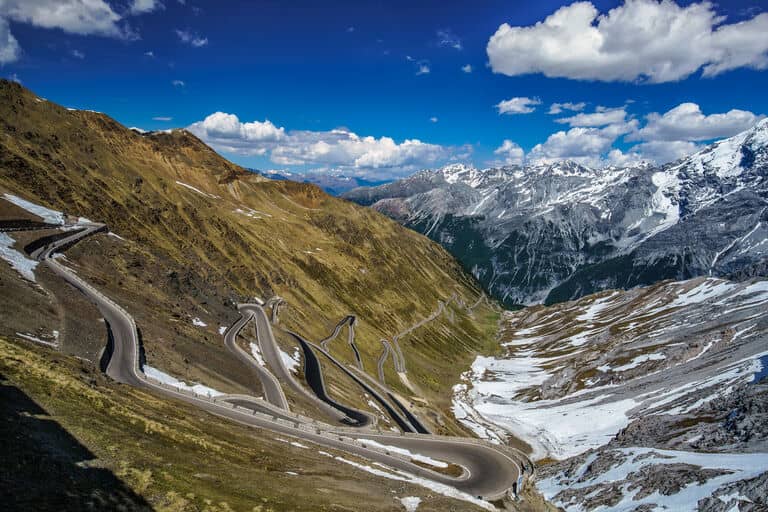
An Ancient Rock With Inscriptions
The Melting Is Speeding Up
Let’s have a look at the Forni glacier in the Italian Alps. It has melted by more than a mile in the last century, according to the Guardian. What’s more worrisome is that the process is speeding up. Half of it has happened in the last thirty years or so. The melting of the ice has resulted in a slew of problems.
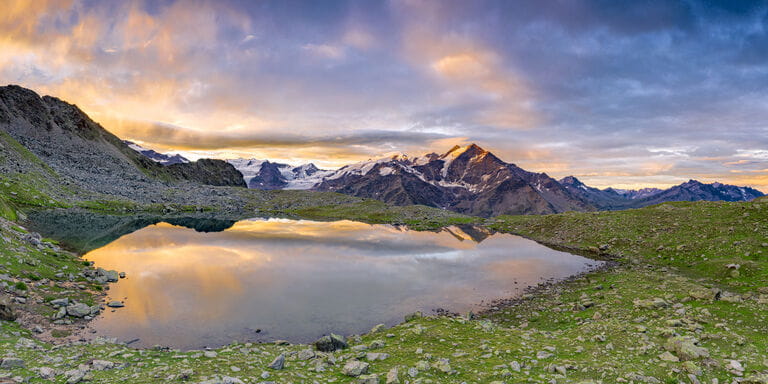
The Melting Is Speeding Up
It Has Also Caused Accidents
The Val Pola landslide, which killed scores of people in this part of the Italian Alps in 1987, was watched by onlookers as a melting glacier caused the landslide. According to researchers, climate change has had an impact on the region’s flora and fauna. Luca Pedrotti of the National Park told the Guardian more about it.
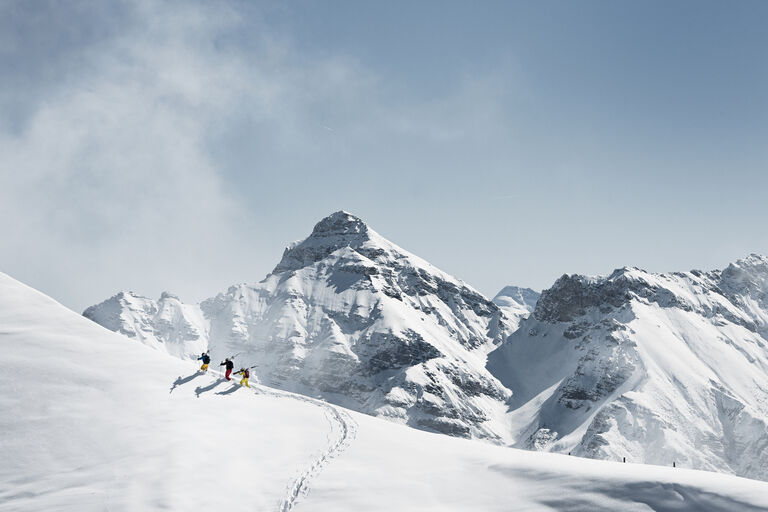
It Has Also Caused Accidents
What It Means For The Flora And Fauna
“Some species really suffer as they are adapted to the cold Alpine environment,” she said. “So they have to go higher and higher in search of cold temperatures and better-quality food.” Furthermore, skiing and other human activities have had a negative impact on the ecosystem.
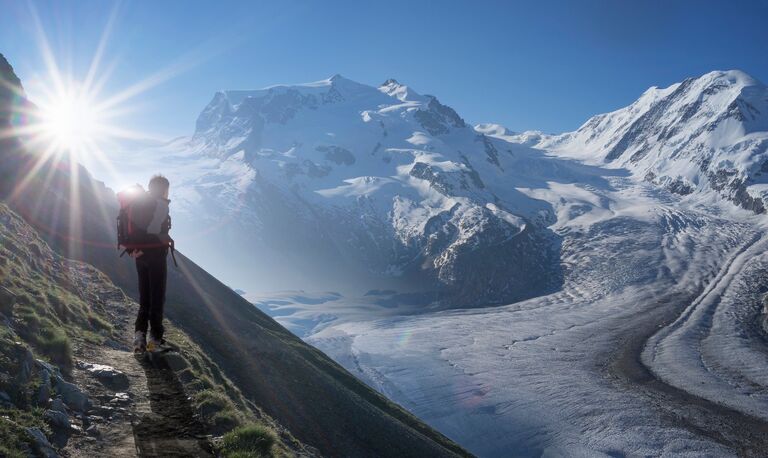
What It Means For The Flora And Fauna
Not Going To Stay Like This Forever
In the near future, this Alpine environment does not appear to be pristine. We’re excited to see what surprises may be revealed as the glaciers melt further in the future. We’re interested to see if they learn more about the White War. They might also run upon other primordial animals like Özti the Iceman.
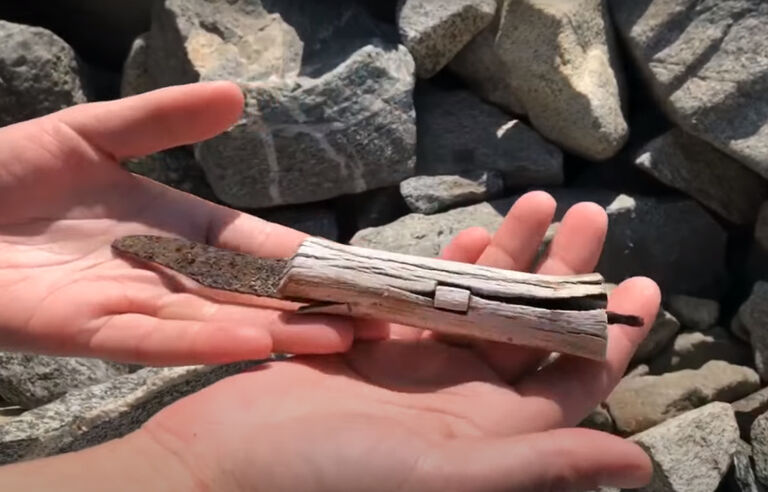
Not Going To Stay Like This Forever
A Lot More To Come In The Future
The Italian glacial archaeologists will hold a field day based on their research in the Norwegian region of Oppland. A crew of specialists has been working in this part of the world since 2011. They’ve discovered almost 2,000 artifacts from the area since then. Some of them are over 6,000 years old.

A Lot More To Come In The Future
They Are All In Great Shape
Despite their age, they are usually in good shape. This is due to the bitterly cold weather in the area. Antiquities such as skis, arrows, clothing, and even hunting equipment have been uncovered, according to sources. They could be a few hundred years old or dating back to the eleventh century. It simply depicts how humans eventually moved away from farming, according to National Geographic.
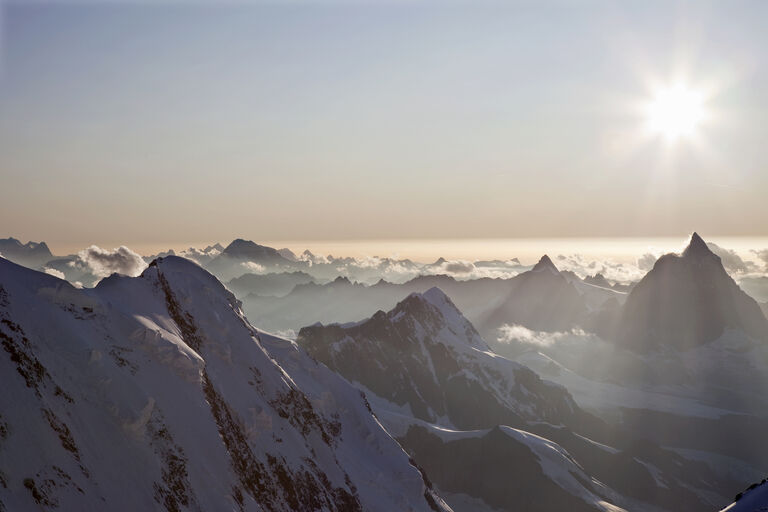
They Are All In Great Shape
It Is Different From Normal Research
Glacial archaeology is easier than ordinary archaeology in various aspects. After all, they don’t have to dig and excavate in the same way. Experts must simply look for artifacts that have been left behind by melting ice. In any case, it’s exhausting in another way. The group is obliged to go on long hikes in harsh conditions. Sometimes, they must employ helicopters to go to the locations.
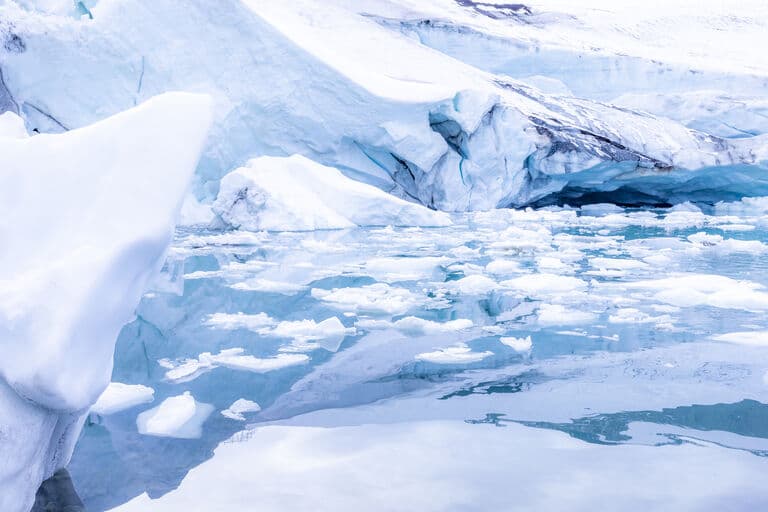
It Is Different From Normal Research
This Is A Complicated Field
Archaeologists, in any case, hold a unique position in the field of research and preservation. They don’t appear to be slowing down their discoveries anytime soon. As the ice melts at unprecedented rates in recent years, they’ll undoubtedly find one fascinating thing after another. These discoveries are likely to fuel their curiosity about what else they will find in the area. We’ll be watching to see what else they discover in this fascinating part of the world.
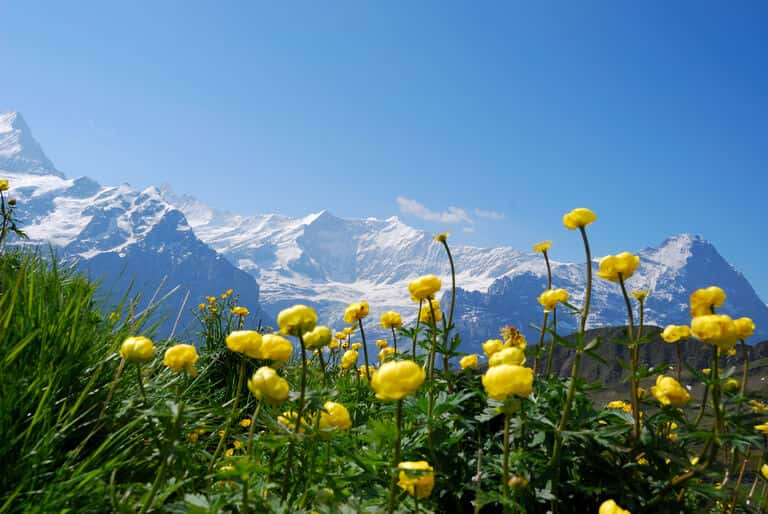
This Is A Complicated Field
Frozen History
It’s always fascinating when scientists discover artifacts under the ice that have been there for a long time. Whether it’s a cave or something much more extraordinary like a mammoth, the possibilities are endless! Who knows what else is lurking beneath the ice? We may not have discovered everything, but we have learned a great deal. It’s hard to think ice could consume some of these things! Prepare to be amazed by what scientists have discovered over time. We, too, are at a loss for words!

Frozen History
An Icy Lighthouse
In the world’s coldest areas, it can get so cold that entire architectural structures can freeze. This is, however, a rather common event in Michigan, the United States. This lighthouse is positioned on Lake Michigan in the winter of 2021, surrounded by the cold. It’s amazing what a little bit of cold weather can do.

An Icy Lighthouse
Mammoth Brains
The brains of a wooly mammoth are one of the more bizarre artifacts discovered beneath the ice by experts. The skeletons were discovered in permafrost at the coast of the Laptev Sea. It appeared to be one of the few mammoths ever discovered with the brain intact. 39,000 years ago, it was discovered. The fact that it was a newborn mammoth was bad. According to biologists, it was just six to nine years old when it died.

Mammoth Brains
Frozen Fox
Wait until you see what we mean; this is by far one of the most intriguing discoveries on the list. Even though some organisms are adapted to live in specific temperatures, they are susceptible to the cold. This is, unfortunately, what happened to the fox below. A hunter discovered him in a German lake. He supposedly came across a wild deer and a pig before finding the fox. The fox is currently thought to be on display in a hotel in Germany.

Frozen Fox
Frozen But Alive
Not everything recovered from the ice is dead, according to scientists. This was also the case with the next discovery. Natural changes in the environment are more often than not the cause of these findings. For example, alligators can survive in subzero temperatures for short periods of time. Frostbite, on the other hand, will almost surely kill you and me. Because of their frozen condition of temporary hibernation, they can tolerate these variable temperatures. If only we had the ability to do the same.

Frozen But Alive
Is It A Plane?
It’s also not unusual to see shattered equipment on ice. Even when it does happen, it is a complete surprise. In 1952, this plane was meant to fly to Anchorage, Alaska, but instead crashed into a glacier! As a result, 11 crew members and 41 passengers were reported dead. Furthermore, the hazardous conditions rendered it hard for rescuers and police to recover the wreckage. It took another 50 years after the glacier melted enough for a recovery mission to be initiated.

Is It A Plane?
Fish Eats Fish
This is another fascinating find! When this fish became frozen, it was captured in the act of eating another fish. The water had presumably grown so cold so quickly that the fish had almost instantly frozen. An ice fisherman had discovered it. Who’d have believed ice could carry so many animal kingdom secrets?

Fish Eats Fish
Dive In And Die
If you have a weak heart, be prepared for the next visual. Unfortunately, after plunging beneath the water’s surface, these birds suffered a deep freeze from which they would never recover. Just seconds after going down, they looked to have completely frozen. In the German state of Bavaria, the kingfisher was discovered.

Dive In And Die
Puppies In Ice
Scientists come across things that are personal to them on occasion. In this case, they unearthed an ice age puppy. The fact that it was 12,460 years old but was in poor condition was the most surprising feature. It was a major discovery since it altered people’s perceptions about ancient canine phylogeny. This find in the vast Siberian tundra was completely unexpected.

Puppies In Ice
Amazing Arrowhead
Weapons are another common finding beneath the ice. Take this arrowhead, for example. The fact that it appeared to be built in the shape of modern fishhooks was the most exciting part of this discovery. You have no idea what we’re talking about, do you? This would indicate that they were skilled hunters back in the day. What a brilliant concept!

Amazing Arrowhead
